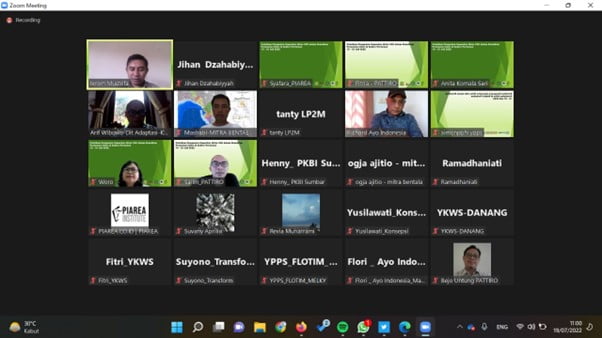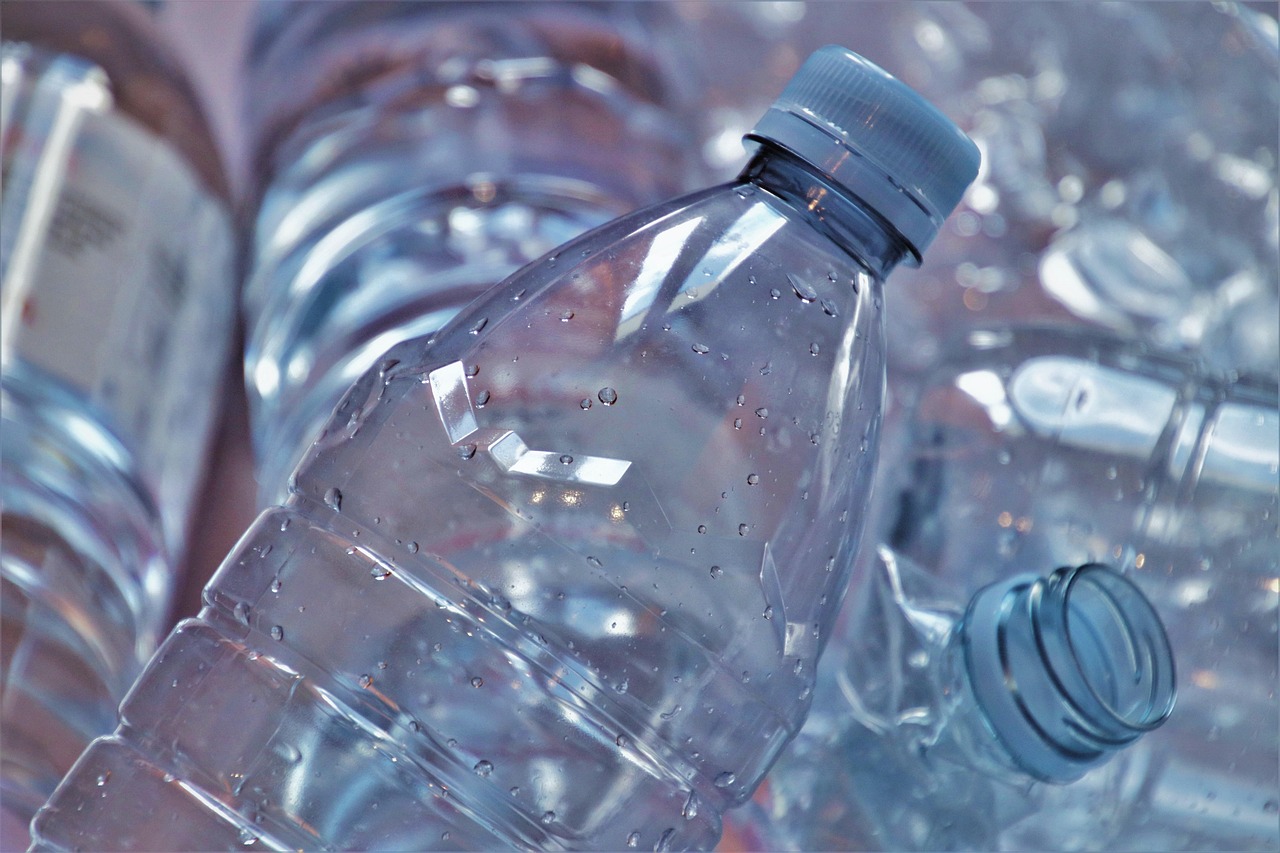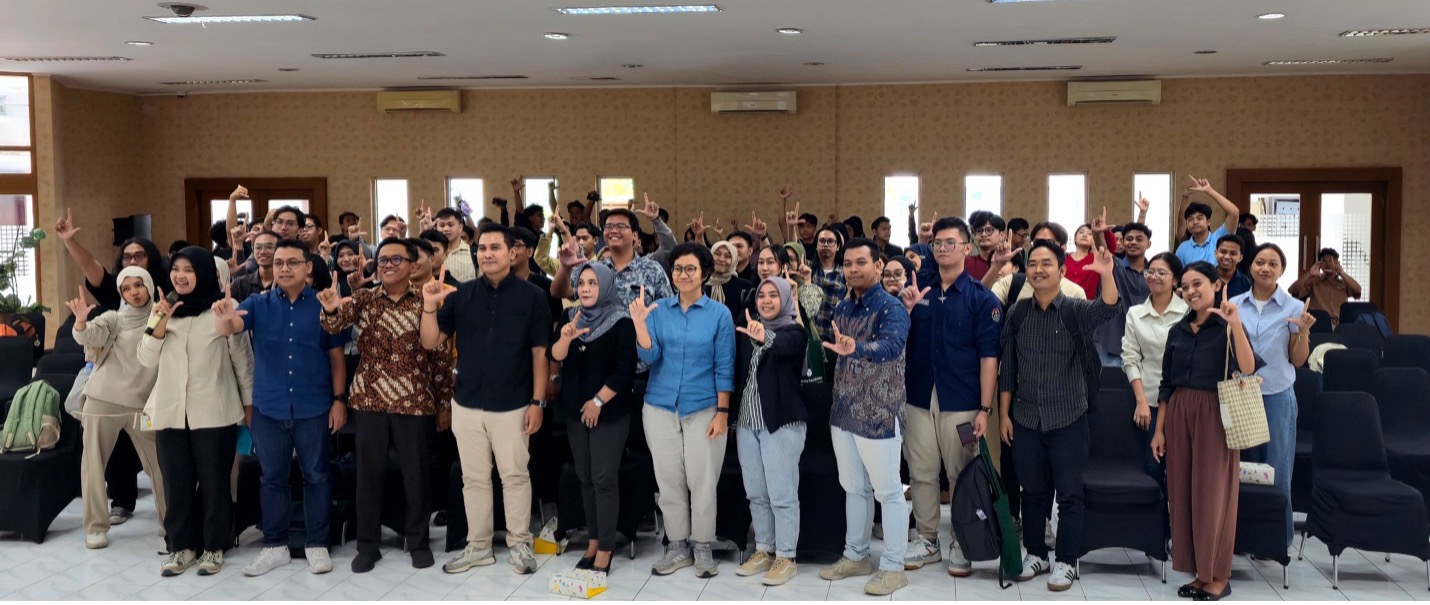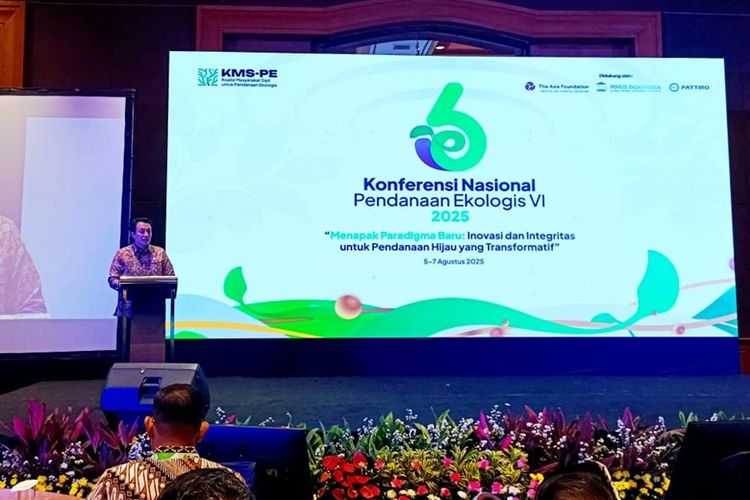
Climate change extremes pose a threat to agricultural productivity in Indonesia. This may disrupt food security as well as have an impact on economic losses. To identify the risks of climate change to the agricultural sector in the regions, PATTIRO in collaboration with PI AREA organized a training on climate change impact research methodology in the agricultural sector on July 19-21, 2022.
The online training was attended by VICRA program partner civil society groups spread across four provinces in Indonesia, namely Lampung, West Sumatra, East Nusa Tenggara, and West Nusa Tenggara. The training provided partners with an understanding of the process of processing, analyzing, and utilizing data that can be used as material to identify the impacts of climate change.
“The results of climate change studies in the regions can be utilized by local governments to develop climate change adaptation policies, especially in the agricultural sector,” said PATTIRO Executive Director Bejo Untung in his opening remarks.
In the training, speakers were researchers from the Agricultural Research and Development Agency of the National Research and Innovation Agency (BRIN) Woro Estiningtyas, Climate Change Adaptation Policy Analyst of the Ministry of Environment and Forestry (KLHK) Arif Wibowo, and Head of the Climate Change Information Center of the Meteorology, Climatology and Geophysics Agency (BMKG) Dodo Gunawan.
Woro Estiningtyas explained that the impacts of climate change in the agricultural sector are location-specific and have varying magnitudes of impact. Adaptation is one of the approaches in order to minimize the risks and impacts of climate change. It requires support in the form of farm vulnerability studies to determine the level of vulnerability and the distribution of locations and determining factors. The assessment of vulnerability can be used as a basis for developing recommendations in order to increase adaptive capacity and reduce exposure and sensitivity. The vulnerability assessment, Woro added, also needs to be supported by monitoring and evaluation of the effectiveness of the adaptation process.
To support climate change vulnerability assessment, KLHK has a database that can be accessed openly through the Vulnerability Index Data and Information System (SIDIK). Arif Wibowo said, SIDIK can also help in the preparation of adaptation action plans to be more targeted and effective as well as a monitoring and evaluation tool for policies, programs and climate resilience actions. This system also has a feature to add vulnerability indicators obtained from the Village Potential data released by the Central Bureau of Statistics (BPS) and other data.
For his part, Dodo Gunawan said that BMKG has projected an increase in air temperature in Indonesia by 0.5˚C in the next 10 years, as well as a reduction in rainfall in the dry season by about 20%. In responding to this, PI AREA’s lead facilitator, Perdinan, said that climate change needs to be adapted to reduce risks. He projected the losses that would be experienced in the agricultural sector due to climate change on rice, corn and soybean crops. Rice depends on the climatic variables of rainfall and air temperature. The rice will experience a 50% reduction in production when air temperature rises by 1-2.5˚C and rainfall drops by 5-25%. Corn and soybeans depend on rainfall variables. Maize supply will decrease by 0.98% when there is a 10% increase in rainfall. This is due to the fact that maize requires around 85-200 mm/month of rainfall. Soybeans, on the other hand, will experience an increase in productivity of up to 27.3% if rainfall increases by 50 mm/month.
During the training, participants were introduced to climate vulnerability data processing and analysis instruments and simulated the calculation of the Rice Farming Business Insurance (AUTP) calculator, water balance simulation, utilization of climate data from BMKG, practice of climate modeling and rice production, and analysis of the impact of climate change scenarios on rice production. Participants were further assigned to conduct climate vulnerability analysis in their respective assisted areas which will be used as advocacy materials.




